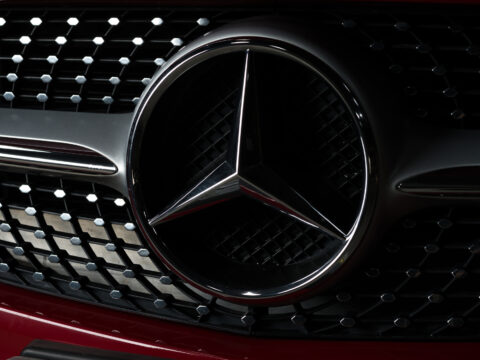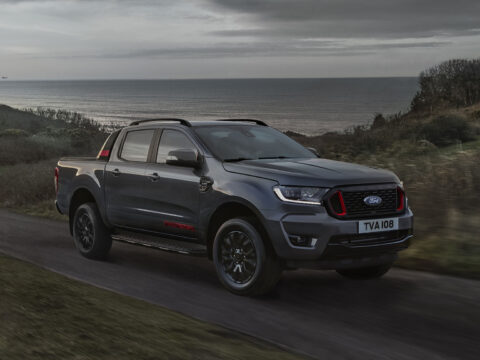Would you believe that it’s been nearly a decade since Dodge introduced an all-new model? And boy, do they need one! Dodge’s current lineup consists of only three models, the ancient and soon-to-be-discontinued Charger and Challenger, and the aging Durango SUV. Well, the wait is over as we welcome the Hornet, a sporty compact crossover that will be offered with both an internal combustion engine and as a plug-in hybrid, a first for Dodge.
The Hornet is actually a corporate twin with the 2023 Alfa Romeo Tonale, which makes sense since Alfa and Dodge share the same parent company, Stellantis. The Hornet and Tonale will be built side-by-side on the same assembly line at a Stellantis plant in Naples, Italy. Though nearly identical, a few key design differences include a Hornet-specific front bumper and hood, as well as some playful badging that leverages the classic Hornet name.
Dodge is Relying on its Reputation for Performance
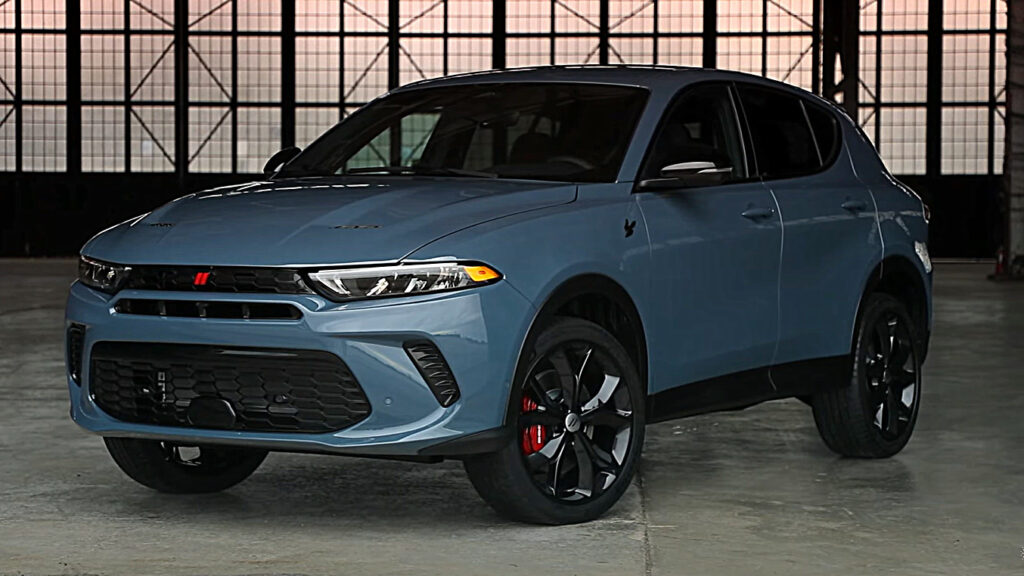
The 2023 Hornet is available in two trims: GT and R/T. Both come with standard all-wheel-drive, with the difference being that the GT has a conventional gasoline engine, whereas the R/T utilizes a hybrid drivetrain. More specifically, the 2023 Dodge Hornet GT packs a 2.0-liter turbocharged four-cylinder that produces 268 horsepower and 295 pound-feet of torque. That horsepower is funneled through a nine-speed automatic gearbox and propels the small crossover to 60 mph in just 6.5 seconds.
While that’s not too shabby, the hybrid R/T version is even quicker. It comes with a 1.3-liter four-cylinder turbocharged gasoline engine, plus a 90-kilowatt electric motor mounted at the rear axle. The two powertrains combined are good for 288 horsepower and 383 pound-feet of torque.
But that’s not counting what Dodge is calling “PowerShot” mode, which provides 25 extra horsepower for a duration of up to 15 seconds. This scoots the Hornet R/T from 0-60 mph in 6.1 seconds. Drivers can also operate the Hornet using only its electric motor, which yields a range of approximately 30 miles. Dodge says that the battery pack takes 2.5 hours to fully charge on a 240-volt Level 2 charger.
What Else Do You Need To Know?
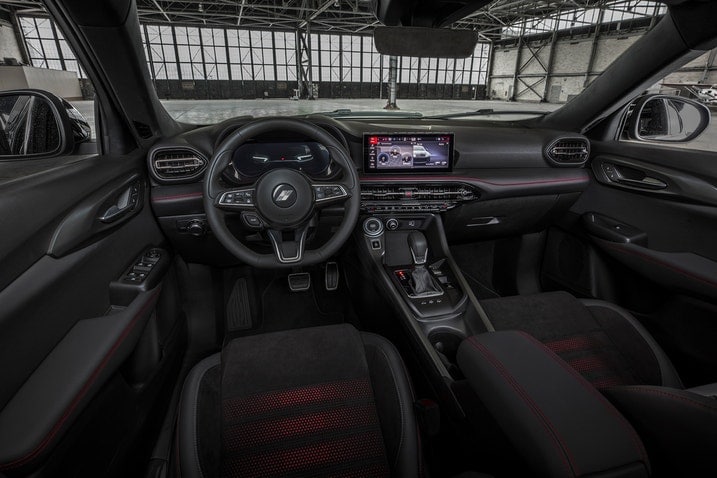
Inside, the Hornet’s black interior has some splashy red accents, a 12.3-inch configurable digital instrument cluster, and a standard 10.25-inch Uconnect® 5 touchscreen infotainment screen with wireless Apple CarPlay and Android Auto. Per Dodge’s website configurator, an optional $495 all-red leather interior is the only other color choice for the Hornet’s cabin. Finally, in an age where automakers are trying to outdo each other for the strangest gearshift, the Hornet thankfully has an old-school floor shifter mounted in the center console.
Dodge has also unveiled a Hornet GT GLH concept car, which serves as a platform to show off all of the factory performance parts will be available for the Hornet through Dodge’s Direct Connection program. For the uninitiated, GLH is an abbreviation for Goes Like Hell (yes, seriously) and was first used by Dodge in the 1980s for numerous collaborations with racer Carroll Shelby who had by then defected from Ford. Anyway, the additional parts include engine power enhancers, wheels, stripe packages, and more.
Pricing and Availability
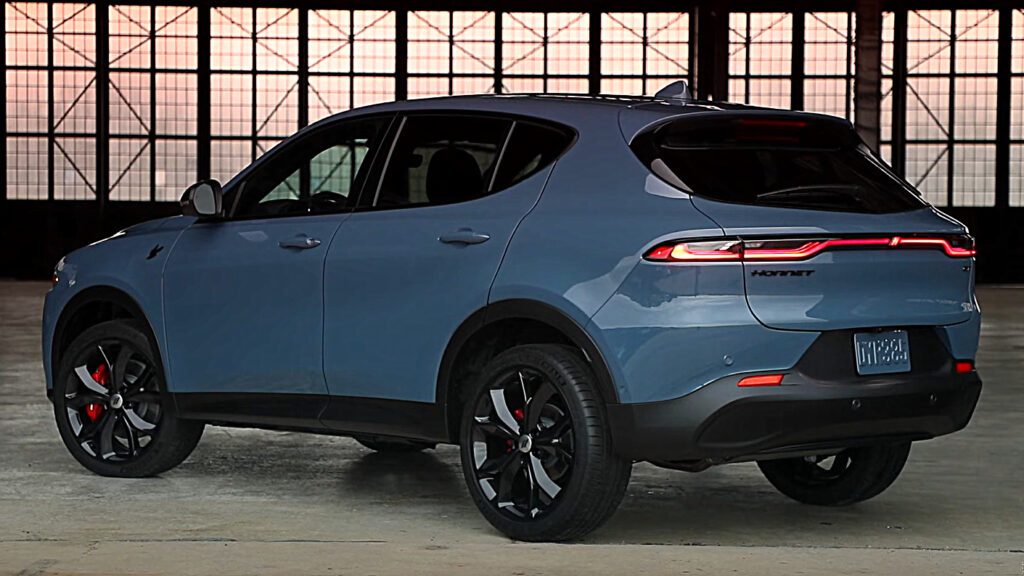
Including destination fees, the 2023 Hornet will cost $31,590 for the base GT or $36,590 for the luxe GT Plus, which adds a cold weather package, power liftgate, leather upholstery, and a wireless charging pad, among other things. Pricing is not yet available for the hybrid R/T version, but our best guess is that it will cost approximately $5,000 more than the GT in comparable trim.
The Hornet looks promising and seems to represent a good value, especially since its Alfa Romeo sibling, the Tonale, starts at over $42,000. But the CUV segment is filled with some stiff competition, like the Honda CR-V, the Toyota RAV4, the Hyundai Tucson and the Mazda CX-5. Expect the Hornet GT variant to hit dealership floors virtually any moment now, with the hybrid R/T set to follow sometime in Spring, 2023.

